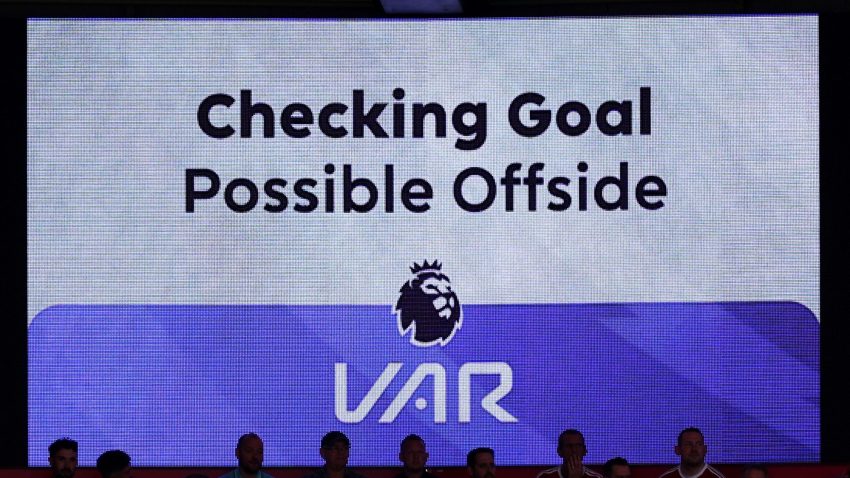The International Football Association Board (IFAB) governs the Laws of the Game, and Law 11 (Offside) has become one of football’s most analyzed and debated sections—especially in the VAR era.
According to IFAB, a player in an offside position commits an offense only if, at the moment the ball is played by a teammate, they:
- Interfere with play (by touching the ball),
- Interfere with an opponent (by obstructing their line of vision, movement, or ability to play the ball), or
- Gain an advantage from their position (by playing a rebound or deflection).
It’s the second condition—“interfering with an opponent”—that most often sparks controversy. This clause means a player can be penalized even without touching the ball, if their presence alone prevents a defender or goalkeeper from making a fair play.
⸻
Why Interference Matters in the VAR Era
Before video technology, these decisions relied on the referee’s line of sight. Now, with VAR offering multiple camera angles, officials can assess whether an offside player blocks a goalkeeper’s vision, impedes movement, or distracts defenders.
This stricter enforcement aims to ensure goalkeepers have a fair chance to react and defenders aren’t disadvantaged by players loitering in offside positions. However, it also means goals can be overturned for what appear to be minor obstructions — decisions that can divide fans and pundits alike.
⸻
A Recent Example: Liverpool vs. Manchester City
A clear example came in November 2025, when a Liverpool goal against Manchester City was disallowed after Andy Robertson, standing in front of goalkeeper Gianluigi Donnarumma, was judged to have obstructed his view during a corner.
Even though Robertson never touched the ball, VAR ruled he interfered with an opponent’s ability to play the ball, making the goal offside under IFAB’s interpretation. The decision followed the rulebook precisely but reignited debate about how far “interference” should extend in practice.
⸻
The Debate Over “Intent vs. Impact”
Supporters often question whether a player intended to interfere, but IFAB’s guidance focuses on impact, not intent. A player doesn’t need to make physical contact; if their positioning affects an opponent’s ability to see, move, or react, it’s considered active involvement in play.
This approach reflects IFAB’s goal of consistent, objective decision-making. Still, football’s fluid nature means every situation carries nuance — leading to the ongoing tension between the letter of the law and the spirit of the game.
⸻
The Takeaway
The IFAB offside rule is designed to protect fairness in critical scoring situations, ensuring that only players who are legally positioned influence the play. In the VAR era, its application has become more precise—and, at times, more polarizing.
Whether it’s a high-profile Premier League fixture or a lower-league clash, the same principle applies: if a player in an offside position affects an opponent’s ability to play the ball, the goal won’t stand.


